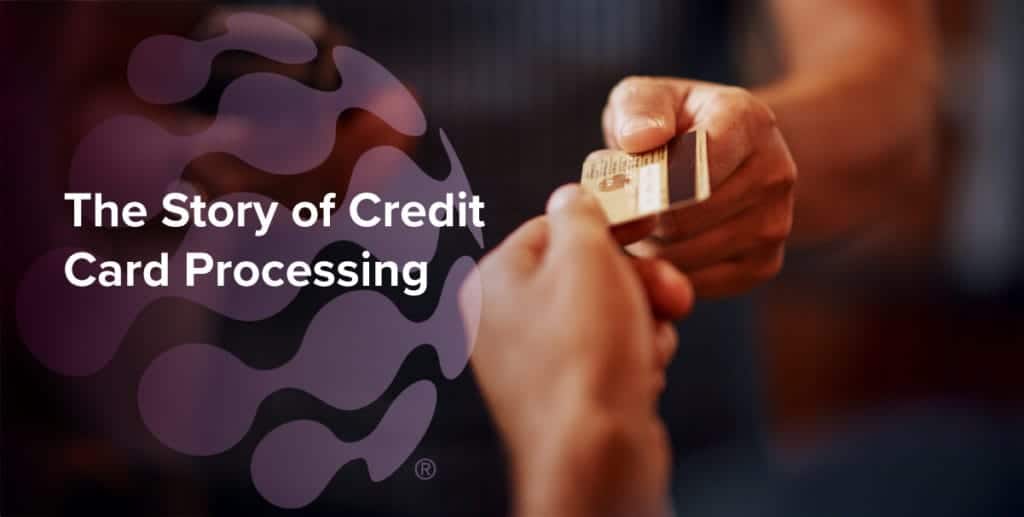Covid-19 Special NRS Pay Point of Sale Pricing: $699 (REG. $1299)
Covid-19 Special NRS Pay Point of Sale Pricing: $699 (REG. $1299)

Credit cards have existed for centuries, but they are not the type of credit card that we are accustomed to today. Prior to the 1950s, credit cards were limited-use cards that could only be used in specific locations, such as department stores. But in 1959, Diners Club, American Express, and BankAmericard, now Visa, were the first credit card providers to offer plastic credit cards to customers. It wasn’t long before credit cards became popular, and banks issued their own credit cards. The credit card has evolved technologically from a plastic card to one with contactless payment, a magnetic stripe, and an EMV chip. Today, credit cards allow people to quickly pay for goods and services all over the globe. You no longer need to have personal credibility with the merchant. You can simply swipe, insert, or tap your card and settle with your issuing bank later.
The use of credit cards has transformed the global payment system, providing more than 183 million Americans with more convenience and security than ever before. Now to understand how we progressed from plastic cards to modern-day credit cards, we must first examine the history of credit cards:
When were credit cards invented? The answer is dependent upon what is meant by a “credit card.” The concept of a credit card that allows people to have credit anywhere, rather than just at a single store, did not emerge until the mid-twentieth century. In 1950, the Diners Club card was introduced after its founder, Frank McNara, got inspired to create a credit card based on his story. Frank used to dine at Major’s Cabin Grill, and when it came time to pay the bill, he realized he had forgotten his wallet at home and had no cash. This led Frank to the idea of using charge cards in restaurants and adding interest to the monthly payments to make a profit from the cards that were given out. It gained popularity and had more than ten thousand members in its first year of operation.
TAfter the success of the Diners Club card, banks began to develop their own credit programs. In 1946, the Flatbush National Bank of Brooklyn became the first to offer a bank-issued card called Charge-It, which was only valid for merchants within a 2-block radius of the bank. Then, in 1958, Bank of America introduced the first credit card for general use in Fresno, California.
Unlike the Diner’s Club and Charge-It cards, the BankAmericard can be used at any establishment. Its revolving credit allowed customers to pay down their balances in monthly installments instead of paying off the entire balance every month. Then, by 1966, BankAmericard started licensing its card to banks nationwide, becoming the first nationally licensed credit card.

Before our modern credit card processors, transactions were manually recorded until 1960, when the imprinter was created. Instead of manually writing down the cardholder’s information, this device allowed merchants to process credit card payments. When a customer checks out, the cashier fills out a form and places it in the imprinter with the credit card. The imprinter then makes an impression of the card data and transfers it onto a receipt. The cardholder then signs the receipt, which is then mailed by the merchant to the issuing banks to receive payment.
This imprinting method didn’t include any real-time authorization from banks, leading to fraud and overcharging. Oftentimes, cashiers used phone authorization as a solution, especially for large transactions, and would call a number on the credit card to see whether the cardholder was authorized to charge a certain amount. Using an imprinter to process credit card transactions was time-consuming and prone to human error, so it was necessary to find a more efficient way of verifying payments.
As technology advanced, more secure and convenient methods of using a credit card were developed, allowing for faster, easier, and more secure transactions. It all began when an engineer named Forrest Parry invented the magnetic stripe. He thought of gluing a magnetic stripe to a card, but the glue was not secure enough. When he returned home one day, his wife was ironing clothes and attempted to iron a magnetic stripe to the card, which worked. The iron’s heat was just hot enough to bond the tape to the card. Now, debit cards, credit cards, gift cards, hotel key cards, and security ID cards all have a magnetic stripe.
The next big innovation was the introduction of EMV cards for both chip and contactless payments. EMV stands for the three parties that collaborated to make this new technology the standard for credit cards: Europay, MasterCard, and Visa. EMV cards are smart cards that have an integrated circuit card that stores the cardholder’s data in the chip. These cards can be either inserted or “dipped” into an EMV card reader.
This technology was developed to make credit card payments more secure. Rather than a magnetic stripe that stores the cardholder’s account information, which can be stolen, EMV cards contain a computer chip that generates a new code for every transaction. To read this code, merchants need an EMV card reader. If they don’t have one, they could be held liable for credit card fraud at their stores. EMV chip transactions are slightly slower than older cards, but it still only takes about 15 seconds, and the cardholder doesn’t have to worry about their information being stolen.
In 2014, PayPal and Apple Pay introduced mobile payments that incorporated a barcode on a mobile device that a barcode scanner could scan. Later advancements enabled credit card readers to accept payments from consumers by tapping their phone. Mobile payments still continue to be popular and are the preferred payment method for many consumers. In fact, a whopping 29% of consumers already say they would prefer to pay with their smartphones all the time. This growing trend has transformed how we handle transactions and will continue to shape the future of mobile payments.

The future of payment processing is likely to include both credit cards and mobile payments, so your business needs to be prepared to accept all of these payment types. When you partner with NRS Pay, you can accept credit cards, EMV chip cards, Apple Pay, and Android Pay. We make it easy and affordable for your small business to accept these payment technologies, so you can meet your customers’ needs and grow your business.
Submit the form or call us at (888) 990-9913 to take the first step in getting the best credit card processing solution for your business!
